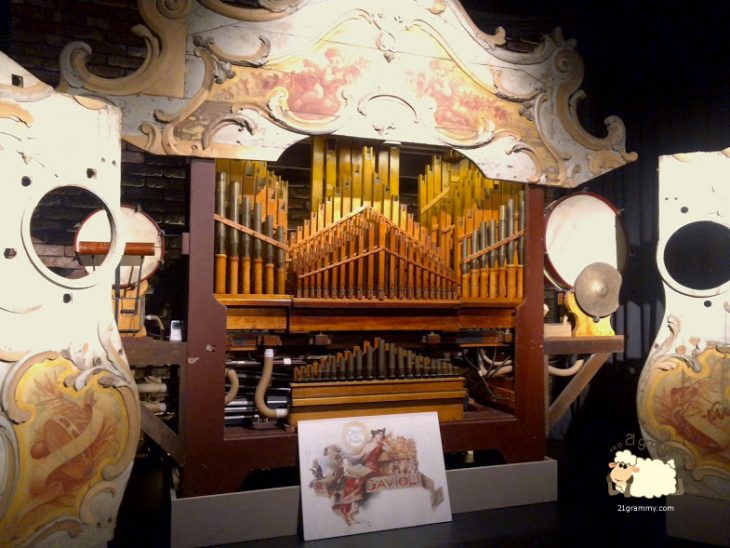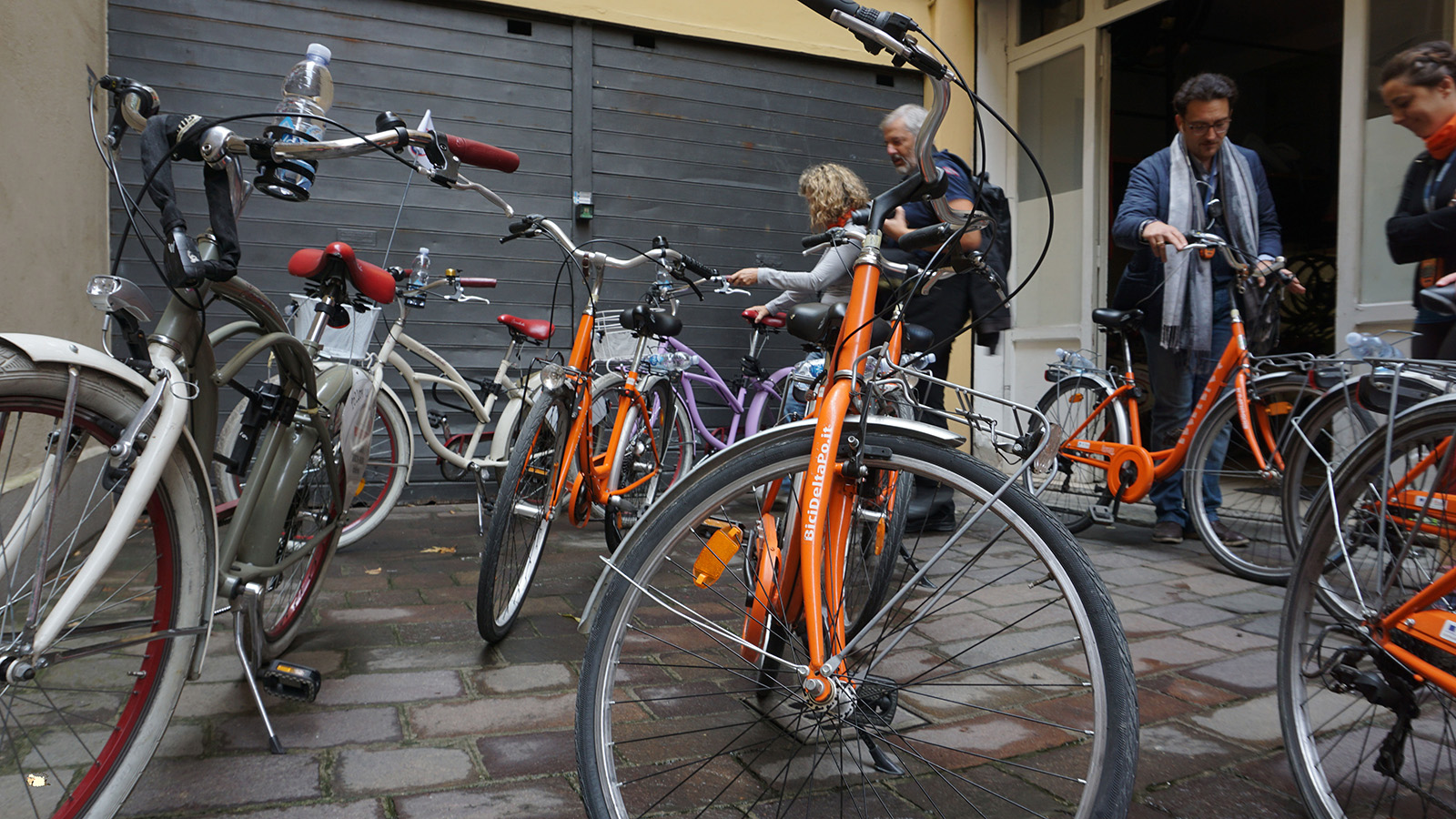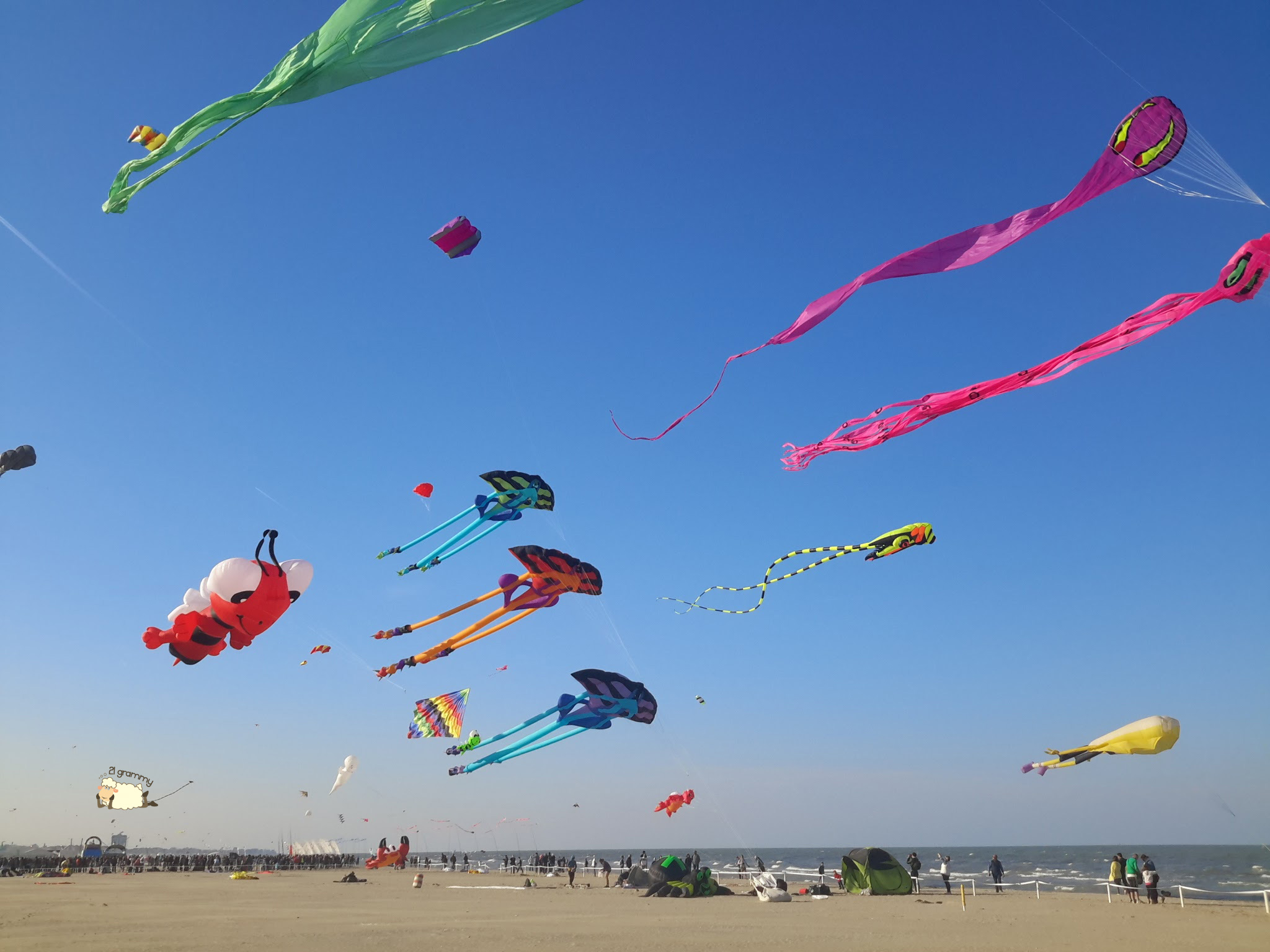As a child, I lived in the countryside. My neighbor was a petite lady, one that came from the mountain, from a small village in the Montone river valley, called Gualdo. Now it’s a road sign on the road to the Park of Casentino Forests.
Caterina, that’s her name, has lived a hard life. In the 50’s her village place was far from the plain and the main town. The houses were distant from each other and people moved on foot or, if they had one, on a donkey.
The only fun for the kids were the evenings spent listening to the stories of the elderly, in the warm stables, or the country festivals, the ones where people used to meet, and dance following men with strange mechanical contraptions, producing popular music. There young girls and boys used to meet their first love.
Musicalia: the history of mechanic music
Today I will tell of this and of a small museum gathering those magic instruments: Musicalia.

Leave the Via Emilia and go up towards a hill, with lots of good Sangiovese vineyards. Villa Silvia is right there, surrounded by a park of centuries-old fir trees, which are now a sound garden, as well as being the headquarter of Musicalia.
It ‘s always a surprise to find such landscapes hidden behind one of the busiest streets of Emilia Romagna that runs from north to the sea, cutting it exactly in the center.

Photo via web
Villa Silvia Carducci: poetry and music
Villa Silvia takes its name from of its last owner, the Countess Silvia Pasolini Zanelli, who hosted the poet Giosuè Carducci, the first Italian to win the Nobel Prize for Literature.
The museum collects dozens of mechanical tools, large and small, designed to produce music. If you are thinking to organs that you might have seen in some old movie, you are right. A world of sounds, colors, details, unusual materials and bizarre forms.
I met Franco Severi, director of the Museum, on a spring day. Behind the glass door, it opens an entrance with a large staircase, the color is a bright red, a muffled atmosphere and a great silence. I expect to see the countess, appearing from the balcony that leads to the second floor, the noble one.
To the right and to the left there are two spaces, closed by a curtain, very similar to that of a theater. And I decide to peek while I wait. In the twilight, two giant instruments perfectly preserved and wonderfully decorated. Franco welcomes me into his office to tell me something of the museum before starting the visit.

The museum has various rooms, each dedicated to one type of tool: large, small, microscopic, organs for cruise ships or smugglers, or tools that buskers carried on their shoulders and then place them on the floor, and begin to make them play, to attract travelers and raise some money.
The most sophisticated worked with a coin, as the forerunners of modern jukebox.
Meanwhile farmyards are gone, and even festivals are open to modernity: barrel organs were replaced by live music or simply to recorded music on CD. But some rash still exists. Just go look for him, walking around the Romagna.
Download the podcast here! https://www.spreaker.com/user/9607727/2-2017-romagna-with-my-eyes-3-eng
Info
Villa Silvia-Carducci,
Via Lizzano, 1241
47522 Cesena
Ticket: 4 Euro
Musicalia The museum is open on Saturdays, Sundays and public holidays, at the following times:
Summer hours: from 16.00 to 19.00
Winter hours: from 15.00 to 18.00
Total Closed: December 25 and January 1
You can still make the visit on other days and times by submitting a request on reservation.
The park of Villa Silvia-Carducci and Garden Literary Parlante are open every day from 8.00 to 21.00.








Lascia un commento